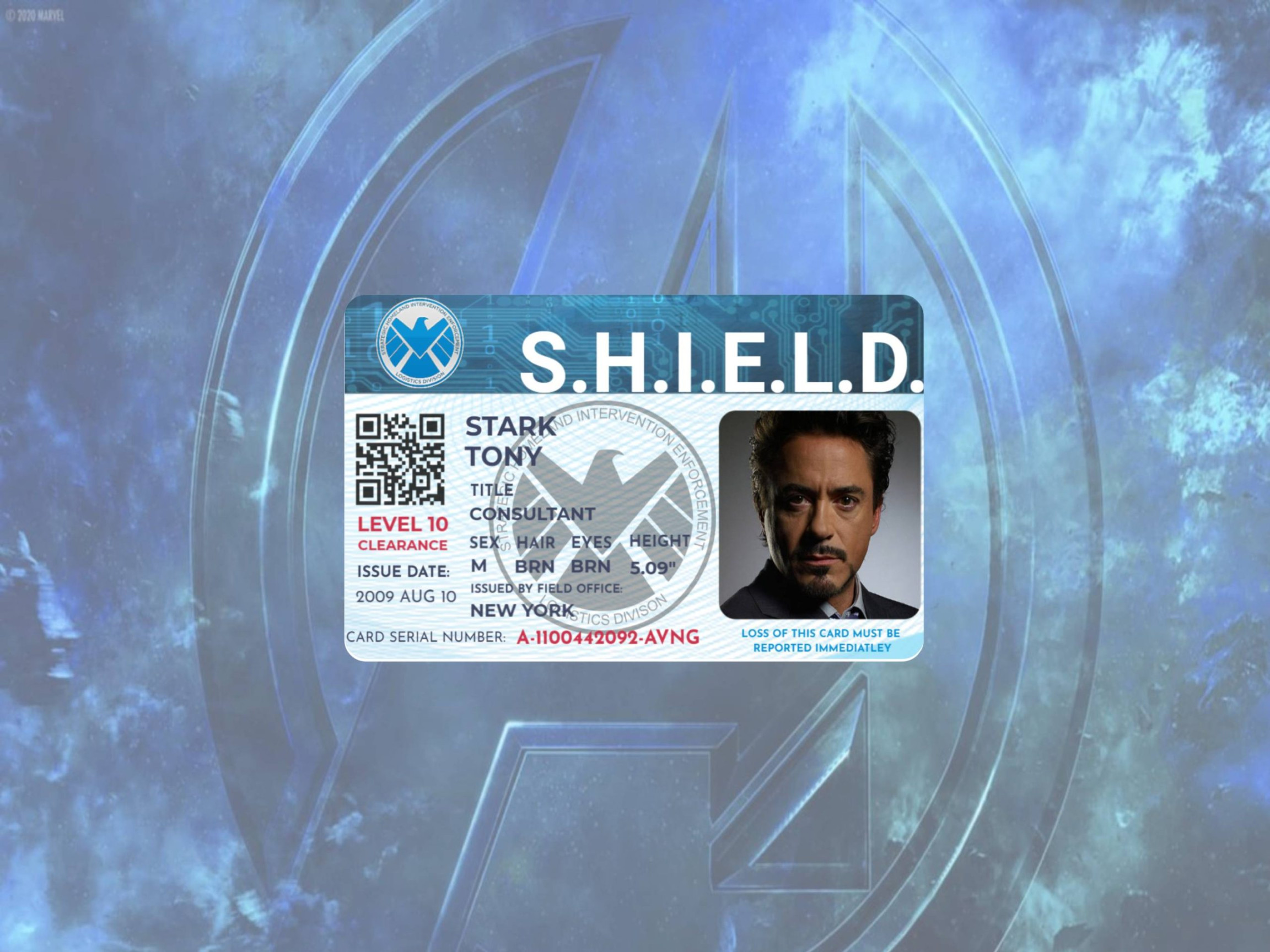Shield ID Cards are a powerful tool for organizations to identify and authenticate their members. They provide a secure and visually appealing way to represent your brand and enhance your organization’s credibility. When designing a Shield ID card template, it’s essential to prioritize professionalism and trust to create a lasting impression. This guide will delve into the key design elements that contribute to a professional Shield ID card template.
Font Selection
The choice of font significantly impacts the overall appearance and readability of your ID card. Opt for fonts that are clean, legible, and easily recognizable. Sans-serif fonts like Arial, Helvetica, or Roboto are popular choices due to their modern and professional appearance. Avoid overly decorative or script fonts that can be difficult to read and detract from the card’s professionalism.

Color Scheme
A well-chosen color scheme can enhance the visual appeal and brand recognition of your ID card. Consider using your organization’s primary brand colors to maintain consistency and reinforce your identity. However, avoid using too many colors, as this can create a cluttered and overwhelming design. Stick to a limited palette of colors that complement each other and create a harmonious aesthetic.
Layout and Organization
A clear and organized layout is crucial for a professional ID card. Ensure that all elements are aligned and spaced appropriately to create a visually pleasing composition. Use a grid system to maintain consistency and prevent the design from appearing cluttered. Consider the following layout elements:
Name: Place the individual’s name prominently on the card, using a larger font size for better visibility.
Graphics and Imagery
Graphics and imagery can add visual interest and enhance the overall design of your ID card. However, it’s essential to use them sparingly and ensure they align with your organization’s brand identity. Consider incorporating subtle patterns, textures, or backgrounds that complement the overall aesthetic. Avoid using overly complex or distracting graphics that can detract from the card’s professionalism.
Security Features
To protect against fraud and unauthorized use, consider incorporating security features into your ID card template. These can include:
Holograms: Add holographic elements to the card to make it more difficult to counterfeit.
Accessibility
When designing your ID card template, it’s important to consider accessibility for individuals with visual impairments. Ensure that the font size is large enough to be easily read by people with low vision. Use high-contrast colors and avoid using complex patterns or textures that can be difficult to discern.
Printing and Materials
The choice of printing method and materials can significantly impact the durability and professional appearance of your ID card. Consider using high-quality cardstock or PVC for a sturdy and long-lasting card. Opt for a printing method that produces sharp, vibrant colors and resists fading.
By carefully considering these design elements, you can create a professional Shield ID card template that effectively represents your organization and enhances its credibility. Remember to prioritize clarity, consistency, and security to ensure your ID cards are both visually appealing and functional.